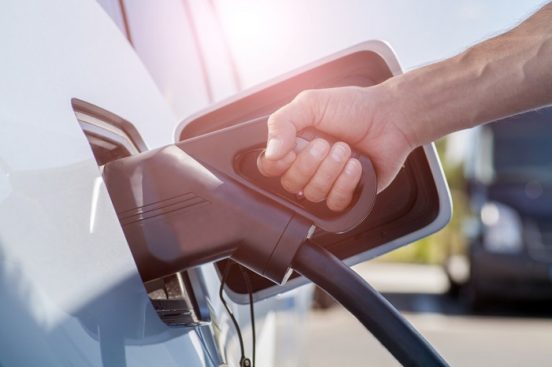When Sacramento, CA drivers want to keep their 2018 Kia car in good condition for years to come, Folsom Lake Kia knows that using the right gas is a big part of the equation. But, what does the ‘right’ gas really mean?
The right gas for one car might not be the right gas for a different car. In fact, two of the same car could require different types of gas depending on which engine each has. The best way to know for sure is to check your owner’s manual, as it should tell you.
What types of gas are there?
There have actually been many types of gas over the years, but for the purpose of this discussion, we will be referring to the standard unleaded versions grades of regular, mid-grade, and premium. They each get their names from how much octane they possess. Regular is the least, with a grade of 87-octane. Mid-grade is in the middle, with a grade of 89-octane. Premium can often vary but never dips below 91-octane.
What does octane do?
The octane content affects the way the gas burns. The more octane, the slower the gas will burn, potentially. Slower burning gas means longer effectiveness, meaning better fuel economy and performance.
Unfortunately, this process only works in engines designed to use the higher-octane gas in this manner. In an engine not suited for premium gas, the higher-octane count will be all but useless in most instances.
While using premium in a regular engine is benign, if ineffective, putting regular gas into a premium engine can cause real problems. Regular gas isn’t designed for the rigors of the premium engine and it can cause performance problems ranging from sluggish acceleration to decreased fuel economy.
At Folsom Lake Kia we want you to take care of your 2018 Kia Optima, find out which gas grade it was designed for and stick to it. Your vehicle will thank you in the long run.






